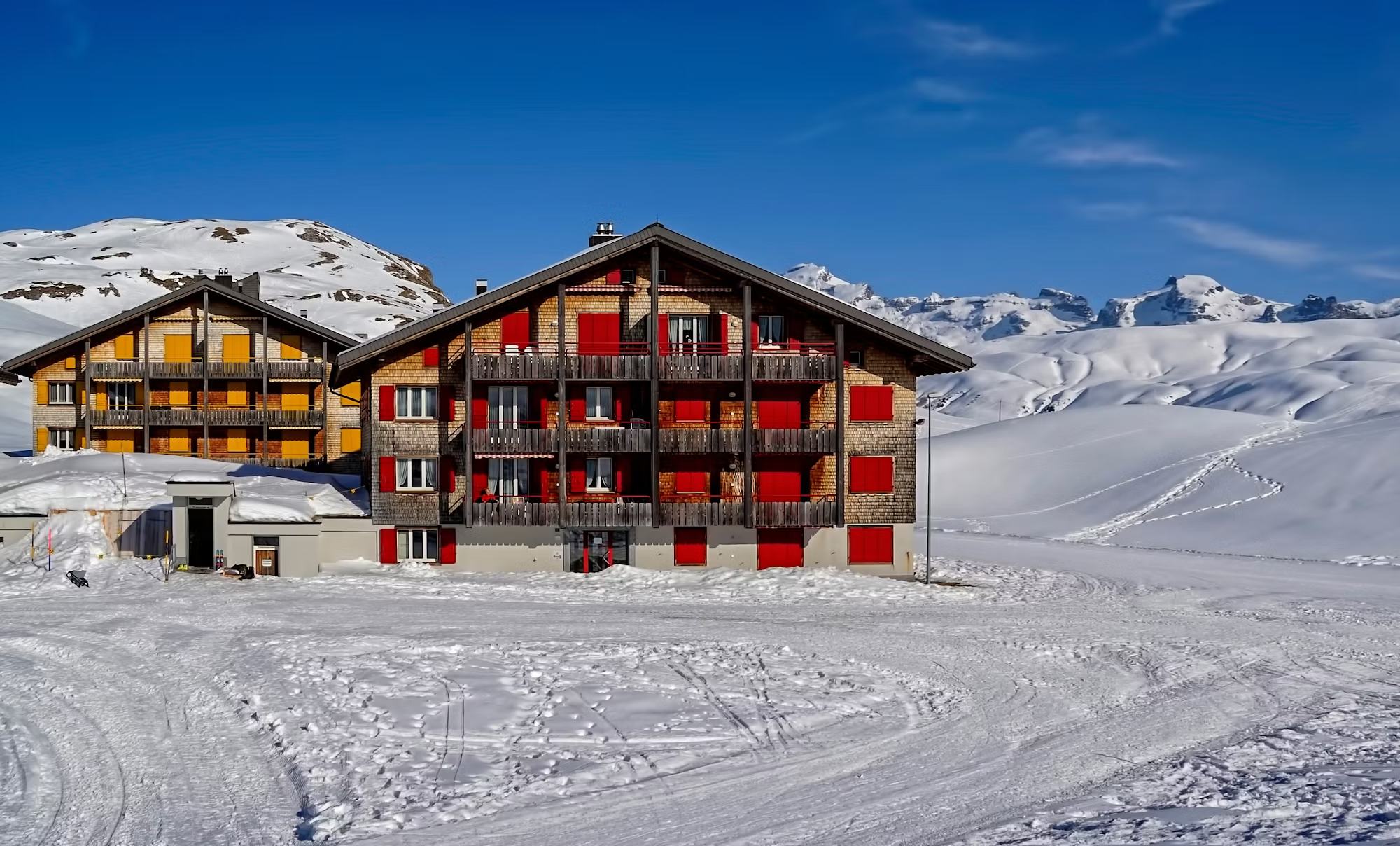Architecture is a living history that reflects the evolution of societal values, technology, and aesthetics. Every architectural style has its unique story, capturing the spirit of its time while influencing contemporary design. In this article, we will explore a variety of architectural styles including Colonial, Victorian, Cape Cod, Ranch, Craftsman, Tudor, Mediterranean, Contemporary, Cottage, Split-Level, Georgian, and Farmhouse. Each of these styles has distinctive characteristics and historical backgrounds that contribute to their appeal today. Colonial architecture, a staple of early American design, is characterized by its symmetry and straightforward layout. Typically, Colonial homes are rectangular, featuring a centrally located front door flanked by evenly spaced windows. Constructed predominantly of brick or wood, these homes often sport muted color palettes that enhance their timeless charm. Inside, Colonial homes favor well-defined rooms, providing both functionality and a sense of order that many modern homeowners still seek. The Colonial style resonates with buyers who appreciate tradition and historical significance in their living spaces. On the other hand, the Victorian architectural style flourished during the late 19th century and is known for its ornate details and eclectic designs. Victorian homes are characterized by their asymmetrical shapes, steeply pitched roofs, and elaborate woodwork, often adorned with bold, vibrant colors. Key features include bay windows, expansive porches, and intricate trim, creating visually rich exteriors that invite admiration. Each Victorian home has a unique identity, often reflecting the personal tastes of its original owners, making this style appealing to those who appreciate artistry and creativity. Emerging from the coastal regions of New England, Cape Cod architecture represents simplicity and functionality. These homes are typically symmetrical with steep roofs and dormer windows, usually standing one or one-and-a-half stories tall. The exteriors are often clad in weathered wood shingles, lending a rustic charm that resonates with nature. Inside, Cape Cod homes emphasize open spaces that foster warmth and comfort, making them ideal for family living. Ranch-style homes, which gained popularity in the mid-20th century, offer a fresh take on residential architecture with their single-story layouts and open designs. Known for their long, low-pitched roofs and large windows, Ranch homes create a seamless connection between indoor and outdoor spaces. This style is particularly appealing for those who enjoy entertaining, as the open floor plans provide flexibility and foster interaction. The Ranch style is perfect for families and individuals who prioritize comfort and a modern lifestyle. Craftsman or Bungalow-style homes celebrate the beauty of craftsmanship and the use of natural materials. These residences typically feature low-pitched roofs, wide porches, and exposed rafters, creating a warm and inviting exterior. Built-in furnishings, such as benches and bookshelves, are common, reflecting a focus on both functionality and aesthetics. Craftsman homes are beloved by those who appreciate artisanal design and seek a cozy atmosphere. Tudor architecture, inspired by medieval English design, stands out with its steeply pitched roofs, decorative half-timbering, and intricate brickwork. These homes often include tall, narrow windows that contribute to their distinctive appearance. The combination of stone and brick creates a warm, inviting facade, while rich wood finishes and grand fireplaces enhance the interior’s elegance. Tudor homes attract buyers who value historical significance and architectural grandeur. Mediterranean architecture, influenced by the sun-kissed coasts of Southern Europe, is known for stucco exteriors, red-tile roofs, and arched windows that invite natural light. This style emphasizes a connection to nature, often featuring lush gardens and outdoor living areas that encourage social interaction. The architectural elements create inviting spaces for relaxation, making Mediterranean homes a popular choice for those who appreciate style and comfort. Contemporary architecture represents a modern design ethos, characterized by clean lines and minimalistic aesthetics. These homes often showcase open floor plans that prioritize functionality and flow, allowing for a versatile use of space. Large windows and innovative materials create bright, airy interiors that connect with the surrounding environment. Contemporary homes appeal to individuals who appreciate simplicity and modernity in their living spaces. Cottage-style homes evoke feelings of warmth and nostalgia, characterized by quaint designs and charming details. Typically featuring sloping roofs, decorative trim, and inviting porches, cottages create a cozy atmosphere that beckons relaxation. Inside, these homes prioritize comfort with warm interiors and functional layouts that encourage family gatherings. The nostalgic appeal of cottage homes resonates with buyers seeking tranquil retreats, making them cherished options for many. Split-level homes are designed to maximize space on smaller lots, featuring multiple levels staggered at half-floor heights. This design allows for distinct living areas while maintaining a cohesive flow throughout the home. The separation of spaces promotes privacy and versatility, making split-level homes a practical choice for families and individuals alike who enjoy dynamic living environments. Georgian architecture embodies sophistication and classic beauty, characterized by brick exteriors, elaborate cornices, and multi-pane windows that showcase a timeless elegance. Often featuring grand entrances and spacious interiors, Georgian homes reflect a sense of history that captivates many homebuyers. Finally, the farmhouse style marries rustic charm with practicality. Typically, these homes feature large porches, gabled roofs, and open layouts designed for functionality, particularly in rural settings. The use of natural materials and spacious interiors creates a warm, inviting atmosphere that evokes comfort and connection to the land. Farmhouse homes resonate with those seeking a simpler lifestyle, and their nostalgic design continues to attract buyers looking for a peaceful retreat. In summary, the rich tapestry of architectural styles enhances our understanding of residential design, reflecting the evolving values and preferences of various eras. Each style—from the classic elegance of Colonial homes to the rustic appeal of Farmhouses—offers unique characteristics and historical significance that cater to a wide array of tastes and lifestyles. By appreciating these architectural influences, we can navigate the ever-evolving landscape of home design, discovering spaces that resonate with our personal preferences and values. Whether drawn to the grandeur of a Victorian home or the cozy simplicity of a Cottage, there is an architectural style for everyone, providing a sense of belonging in the places we call home.





